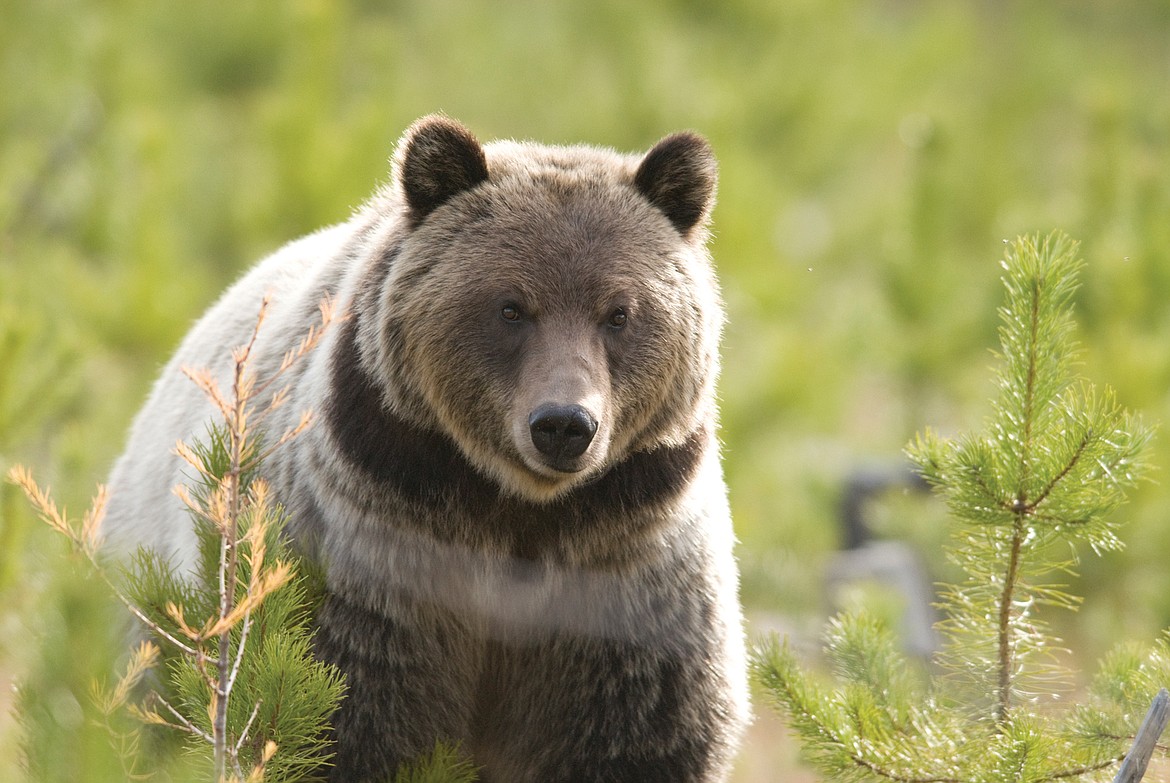Federal judge halts Black Ram logging project in Kootenai National Forest
A federal judge has halted an expansive logging project in the Kootenai National Forest, often referred to as the “Black Ram Project,” after finding that the U.S. Forest Service made critical errors in evaluating the project, especially its impact on grizzly bears...
Support Local News
You have read all of your free articles this month. Select a plan below to start your subscription today.
Already a subscriber? Login
Daily Inter Lake - everything
Print delivery, e-edition and unlimited website access
- $26.24 per month
Daily Inter Lake - unlimited website access
- $9.95 per month

